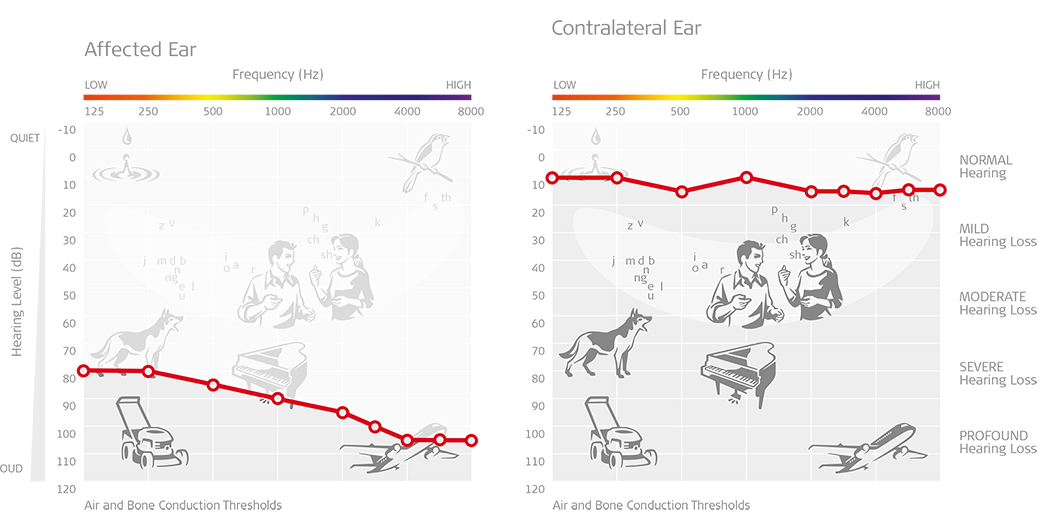
Single-sided deafness (SSD) is a condition that affects individuals who have complete or severe hearing loss in one ear while having normal hearing in the other ear. In recent years, the prevalence of single-sided deafness has become a topic of concern, particularly in India.
India, with its vast population and diverse demographics, faces unique challenges when it comes to addressing single-sided deafness. While there is limited data available on the exact prevalence of SSD in India, studies suggest that it is a significant issue affecting a considerable number of individuals.
The impact of single-sided deafness goes beyond just hearing loss. It can have profound effects on an individual's quality of life, communication abilities, and social interactions. Tasks that are typically taken for granted, such as localizing sounds or participating in group conversations, can become challenging for those with SSD.
What Causes Single Sided Deafness?
SSD can be caused by a variety of factors. One of the most common causes is acoustic neuroma, a benign, slow-growing tumor that can push against the auditory nerve and affect the ability to hear properly in one ear.
Sudden deafness – a rapid onset of hearing loss that occurs with little or no warning, often following a viral infection – is another condition commonly associated with SSD. Patients may fall victim to sudden deafness as a result of an inflammation in the cochlea that causes permanent damage to the hair cells responsible for hearing.
Additional causes of SSD include trauma to the head, genetic disorders, Meniere’s disease, labyrinthitis, microtia, mastoiditis and even common childhood diseases such as measles and mumps.
Patients with SSD find understanding speech in the presence of background noise especially problematic and have great difficulty localizing sound (recognizing the location or origin of a sound source). Sound localization depends on subtle hearing cues from two ears; removing one from the equation confuses the brain. Other symptoms might include anxiety, stress, social isolation, dizziness, difficulty paying attention and speaking loudly.
Treatments for SSD
While there is no cure for single sided deafness, options exist for helping patients cope with unilateral hearing. Traditional hearing aids don’t offer much help to those suffering from SSD, but Contralateral Routing of Signal (CROS) hearing aids can improve hearing and localization.
They utilize a microphone that is placed in the vicinity of the impaired ear and an amplifier near the normal ear. The microphone picks up sounds and transmits them to the patient’s “good” ear. A similar device known as BICROS is suitable for individuals with some degree of hearing loss in one ear and total deafness in the other.
Another option is a Bone Anchored Hearing Aid (BAHA), a surgically implanted device that uses direct bone conduction to transmit sounds from the affected ear to the normal one. Vibrations in the bones of the ear canal and middle ear stimulate the hair cells of the cochlea, boosting the ability to hear.
Call MVM Vākśravaṇa Clinic at 080-69956566 for more information or to schedule an appointment.
